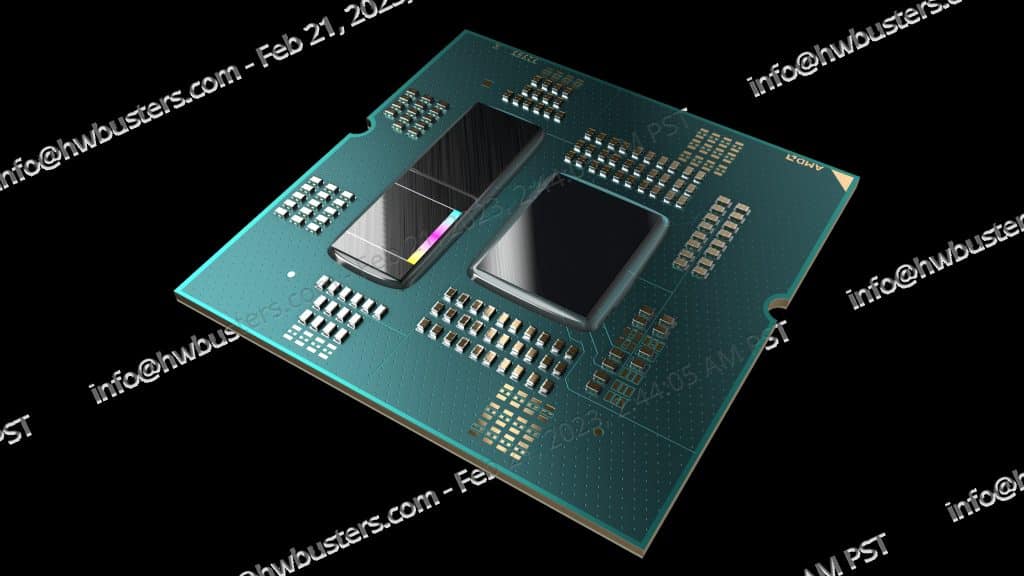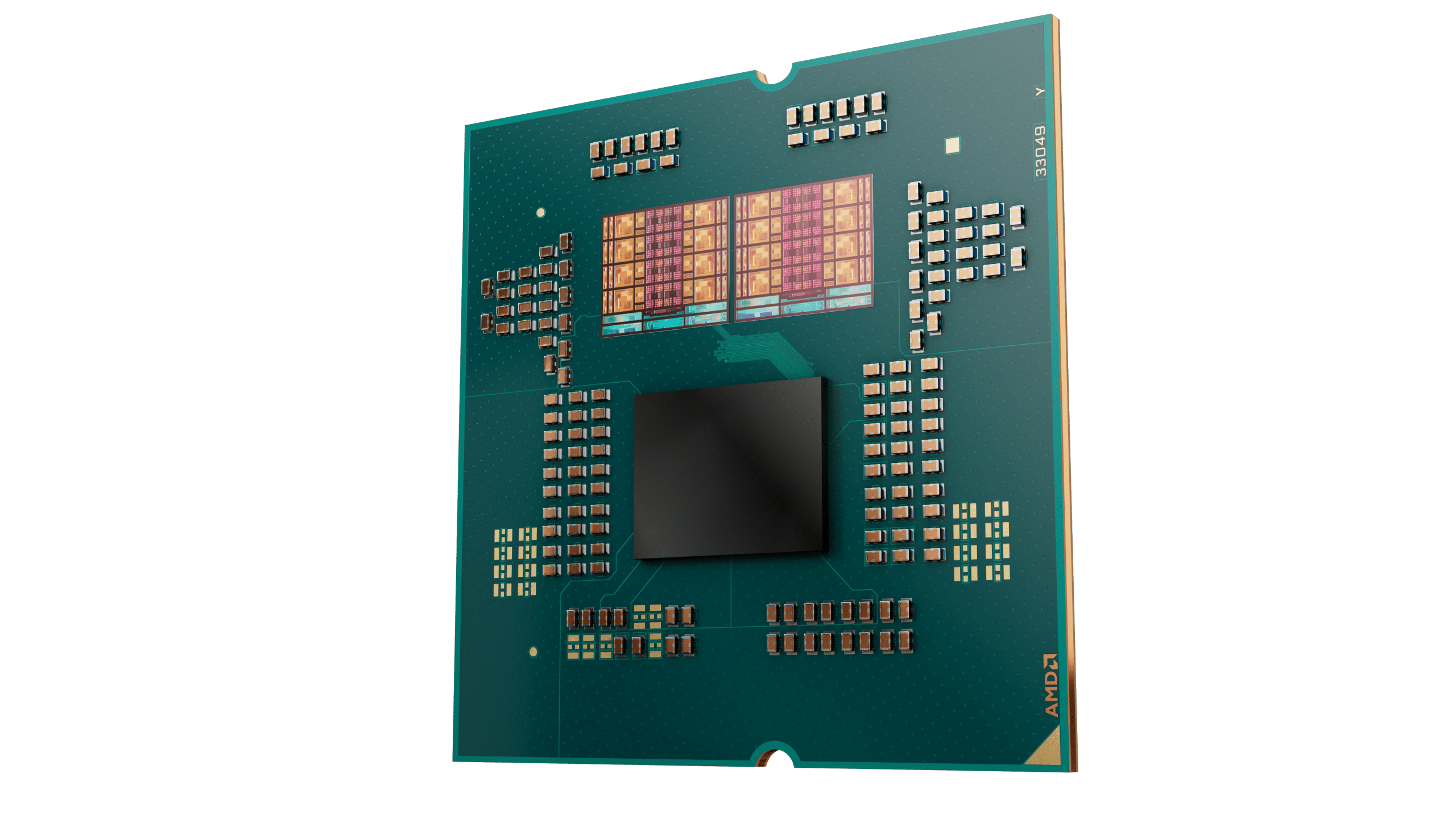AMD 3D V-Cache & PPM Provisioning File Drivers
This is the first time AMD releases X3D processors featuring two types of CCX (CPU complex or core complex). In the 7950X3D and 7900X3D processors, only one CCX has the extra cache memory, while the other is a “standard” one. Besides reducing the production cost, because the super-fast L3 RAM is expensive, applications that favor frequency will run faster on the standard CCX.
To fully utilize the 7000X3D processors, you must install the newest AMD chipset drivers. For the 3D V-Cache to work, the corresponding driver must evaluate performance in real-time and dynamically assign the CPU cores based on the workload. You can also manually override this selection through the BIOS.
The PPM Provisioning File driver monitors gaming activity. When a game is detected, it is restricted to a single CCX by dynamically parking the second CCX to reduce latency and increase framerates. The CCX with the larger cache is the preferred one. What happens if utilization is high because other tasks run beside the game’s code? In this case, the parked CCX will be automatically enabled again to handle the extra tasks. The abovementioned procedures seem and are complex, and as a programmer, I understand that AMD’s software engineers had a tough time implementing the required routines.
This scheme shows how the 3D V-Cache Performance Optimizer driver operates.




